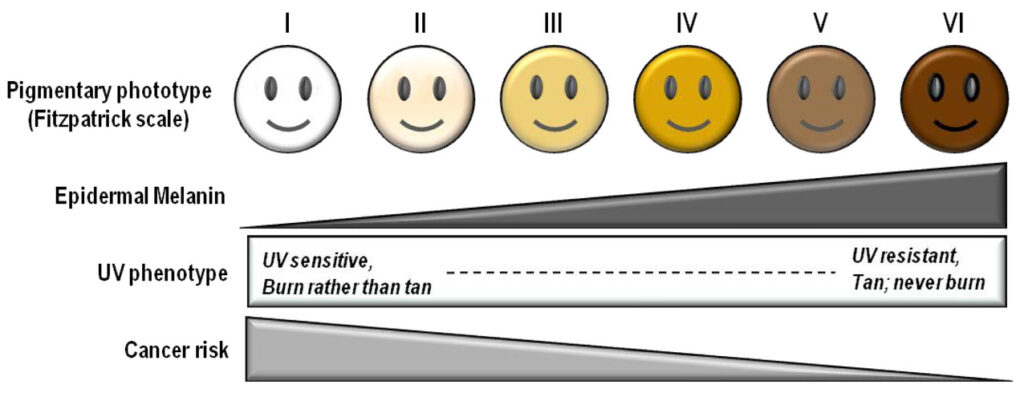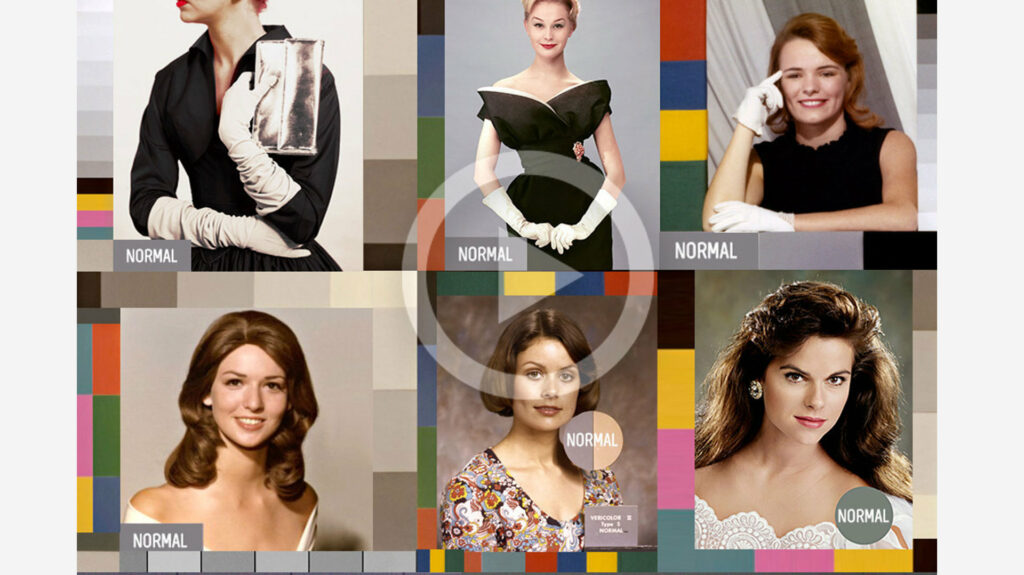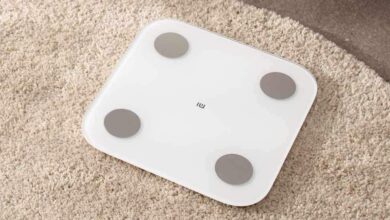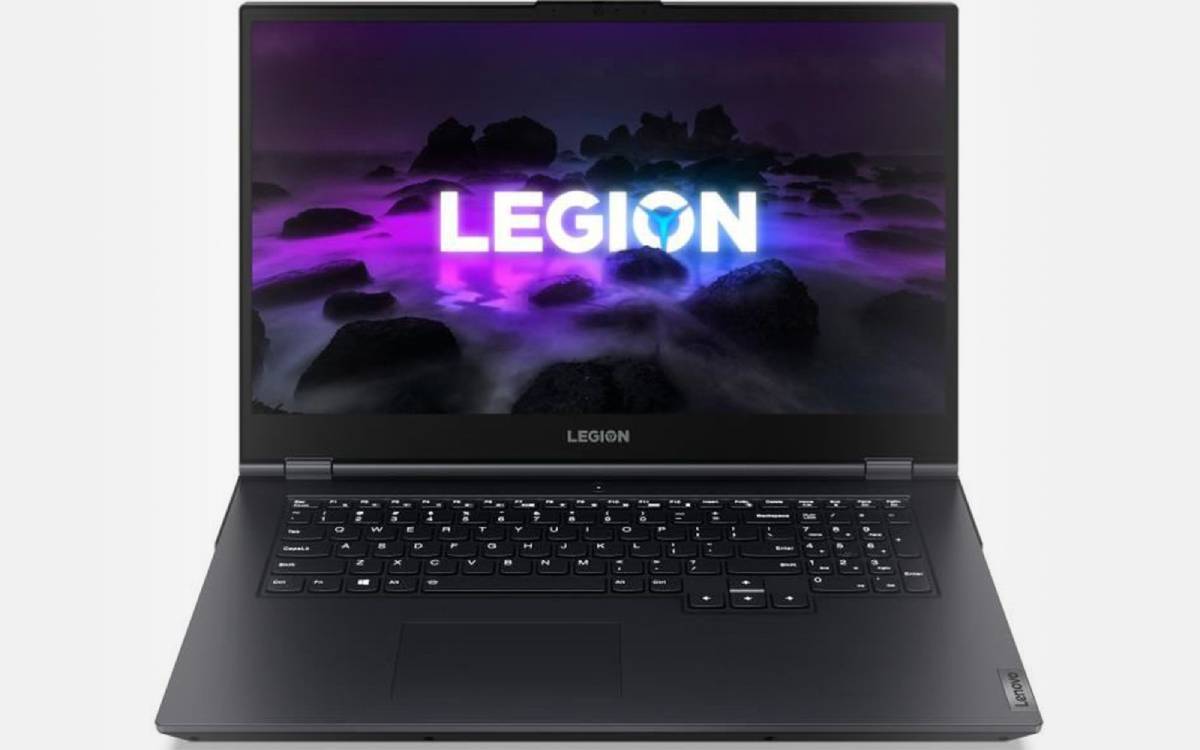
Google has announced that it is abandoning the Fitzpatrick classification and developing an in-house alternative. This classification, a tool from the 1950s created by a dermatologist, does not take into account the diversity of skin types.
Google no longer wants Fitzpatrick’s classification. The firm shared the news with Reuters news agency, and said it was working on developing an alternative. ” We are working on alternative, more inclusive measures that could be useful in the development of our products “.
The term “Fitzpatrick classification” may seem obscure, but it is actually a medical term, used to classify different skin colors. And if this classification is talked about so much today, it is because it is widely used in the design and training of artificial intelligences.
What is the Fitzpatrick classification?
It was the American dermatologist Thomas Fitzpatrick who developed the classification that today bears his name. Basically, his work was absolutely not done for technological purposes, but for medical purposes: in the 1970s, Thomas Fitzpatrick was working on UV rays and their effects on the skin.
The dermatologist indicated, in this classification, that all skin does not react in the same way to exposure to the sun: according to his tool, people with the whitest skin were more likely to sunburn, to the reverse of those with darker skin. Likewise, he said, people with fairer skin tones were more likely to get skin cancer.
From his observations, Thomas Fitzpatrick established 6 different skin types:
- Phototype 1, very pale skin, which concerns ” people with red or blond hair “, and that ” burn and never tan “.
- Phototype 2, very fair skin, for redheads or blondes, who “ burn easily and tan hardly “.
- Phototype 3, fair skin tones, for people of all hair colors, who “ sometimes burn slightly and gradually tan ”.
- Phototype 4, dark skin, which does not ” very rarely burn and tan easily ”.
- Phototype 5, dark skin, which “ rarely burn and tan easily to a dark shade “.
- Phototype 6, very dark or black skin, which “ never burn, systematically and very easily tan to a dark shade “.

From medicine to tech
How did this classification, originally conceived only as a medical tool, end up in the field of tech? According to Reuters, a 2018 study by MIT popularized its use in tech. Paradoxically, the study demonstrated the existence of racist biases in the way certain artificial intelligences were trained using the Fitzpatrick classification. Note that the results of the study – which indicated that the batches of photos used for learning AI too often represented white men – however still remain valid.
Once this classification popularized by MIT, it served as a basis for evaluating the performance of many artificial intelligences. But in April 2021, Facebook questioned its relevance. During a study on deepfakes, Facebook teams realized that the classification was ” not nuanced enough to take into account the diversity of dark and dark skin tones, because it is biased in favor of fair skin “. And, indeed, of the six skin phototypes described by Fitzpatrick, four relate to white to fair skin.
Google’s decision to develop new tools, ” with scientists, medical experts and representatives of communities of people of color Is therefore very important news for researchers. In particular, it could make it possible to remedy the problems of racist bias.
Still popular in medicine
This Fitzpatrick classification is however still widely used today in medicine, especially for the development of sunscreens and for laser therapy. It is one of the tools on which the National Cancer Institute, the main research journals, and the Australian government are based.
This method of classifying skin colors is however increasingly criticized within the medical community. Leaving little room for nuance, the Fitzpatrick classification does not always make it possible to make precise diagnoses, for example suggesting, wrongly, that type 5 or 6 skin is not at risk of sunburn.
Google is also dropping the Shirley Card
The Fitzpatrick classification is not the only tool that Google has decided to abandon to avoid racist bias. In May, the giant announced its intention to no longer use the Shirley Card for the calibration of cameras integrated into smartphones.

The Shirley Card is a tool developed in the 1950s by Kodak to calibrate cameras. However, the first stallion photos were all of white women with straight hair, which did not allow cameras to properly represent people with darker skin, sometimes with more curly or frizzy hair types.
Its abandonment, in the profile of a “Shirley Card 2.0”, should bring improvements in terms of white balance or exposure and, in fine, help to represent more accurately a part of the population ignored for too long.



